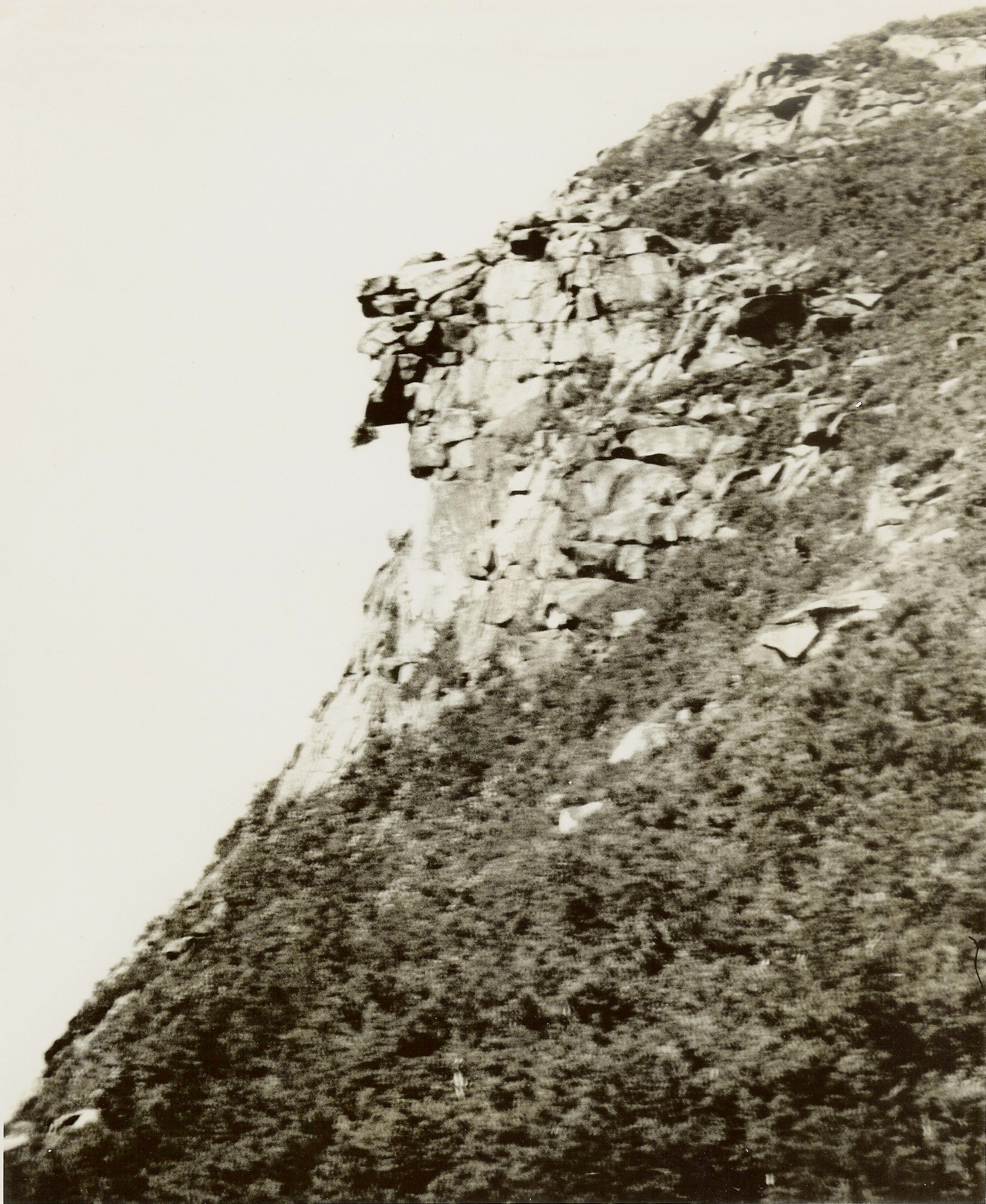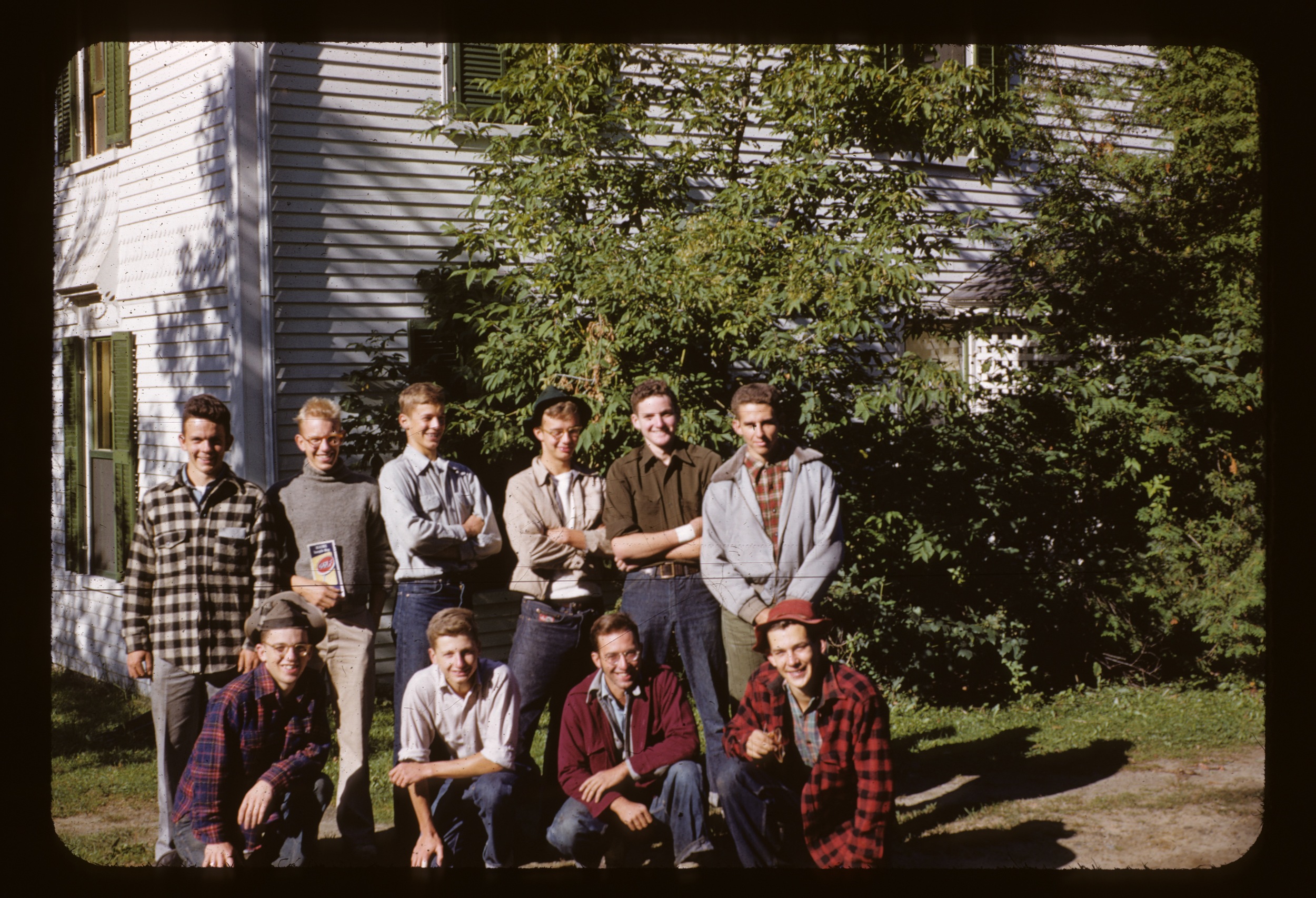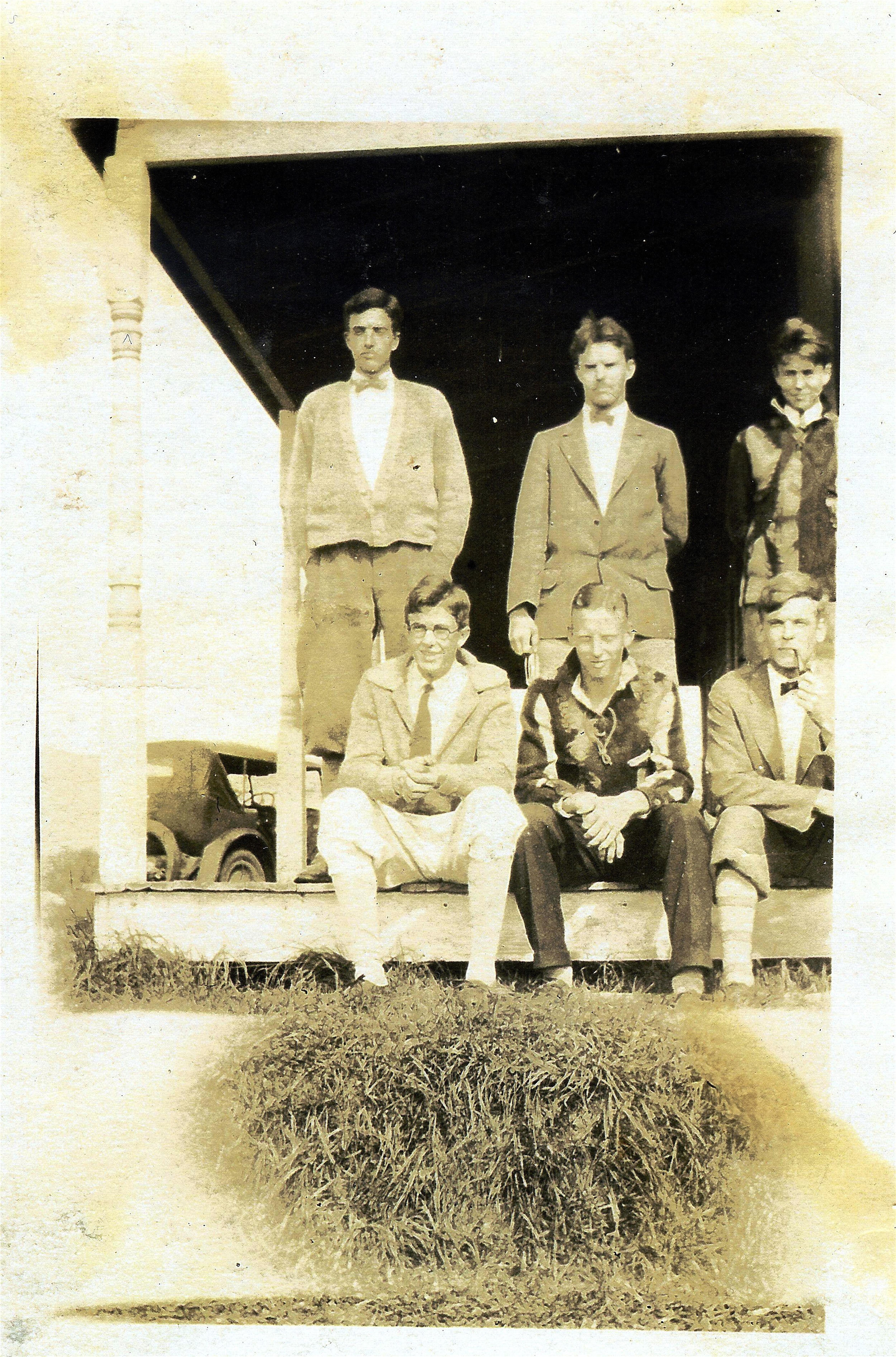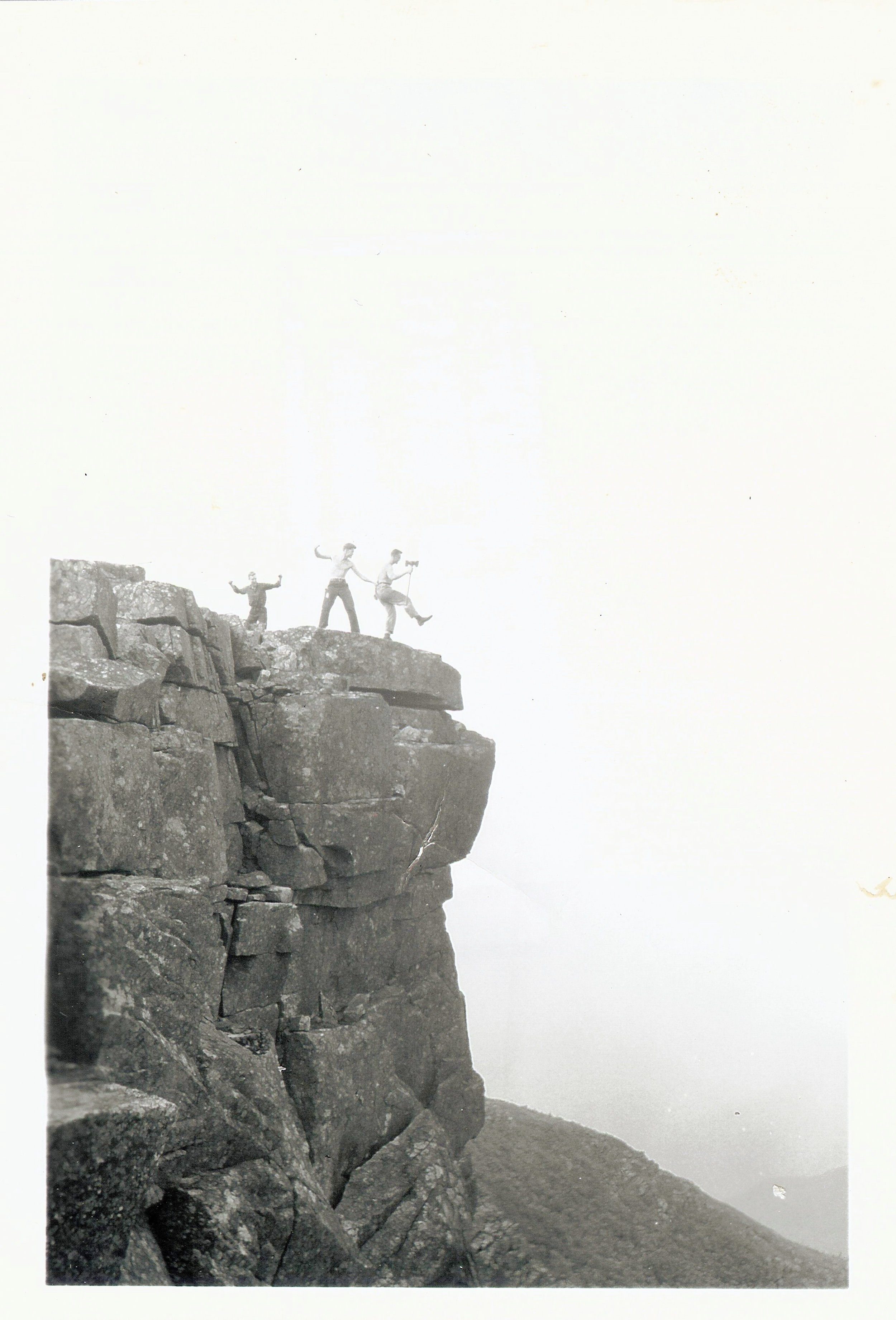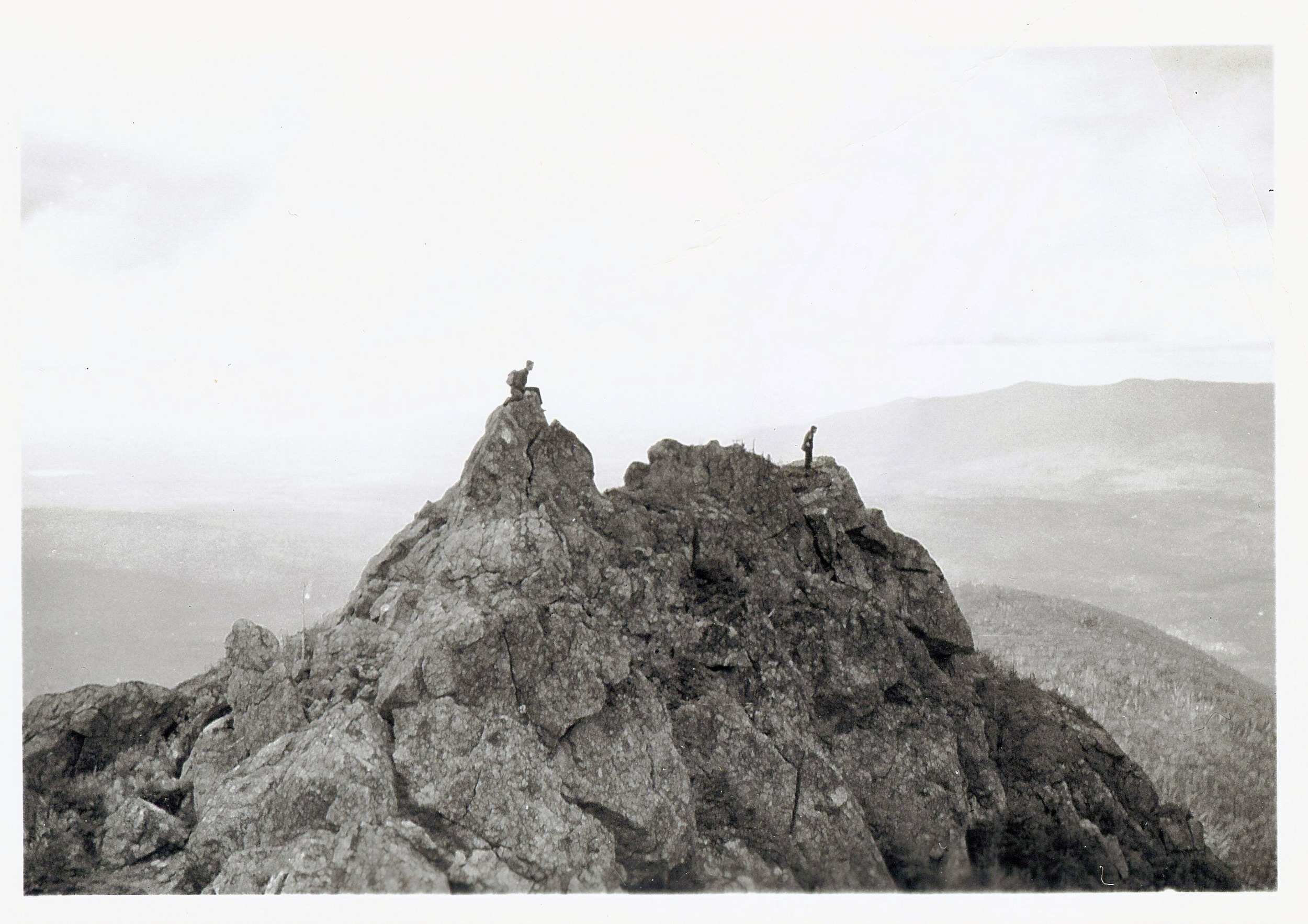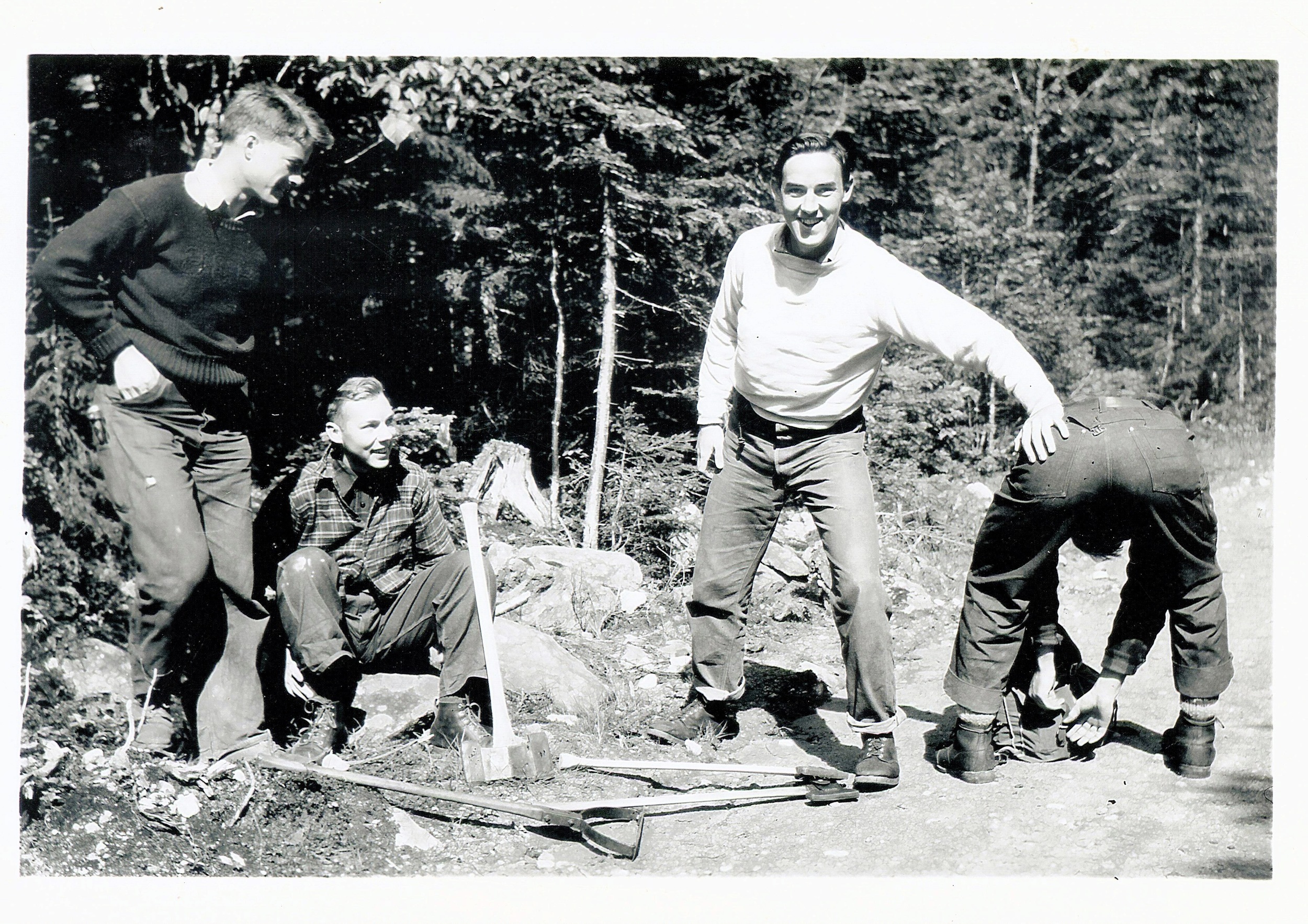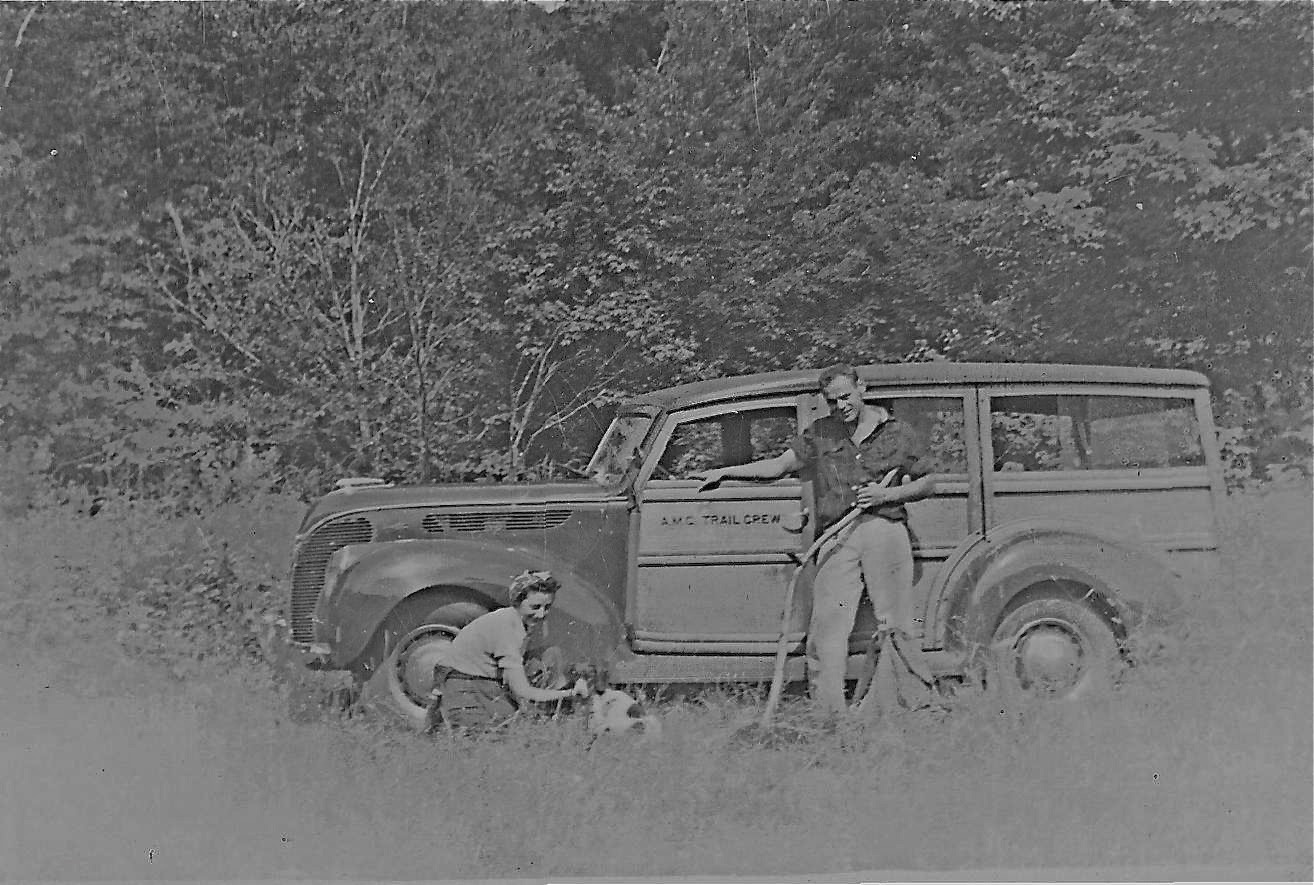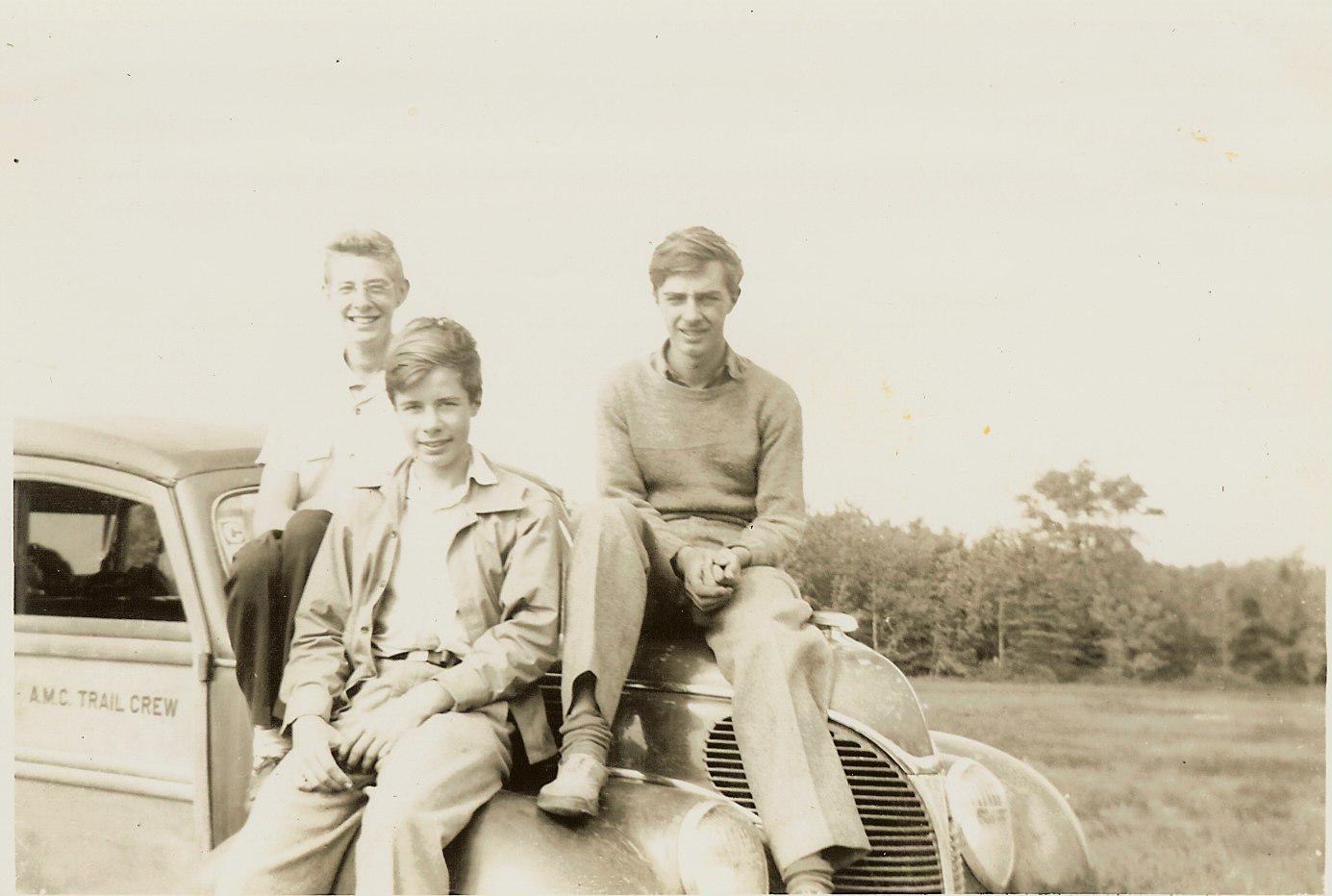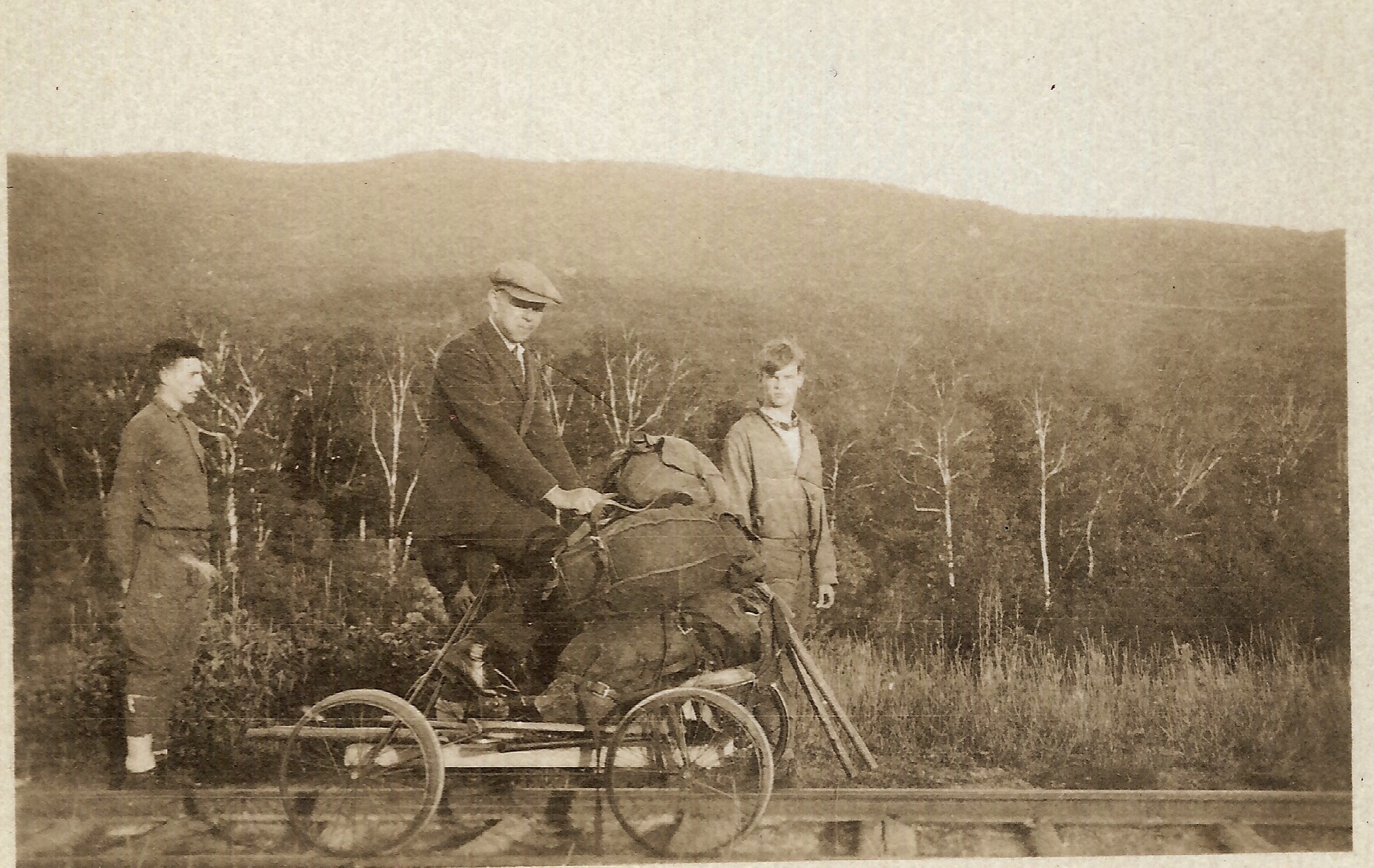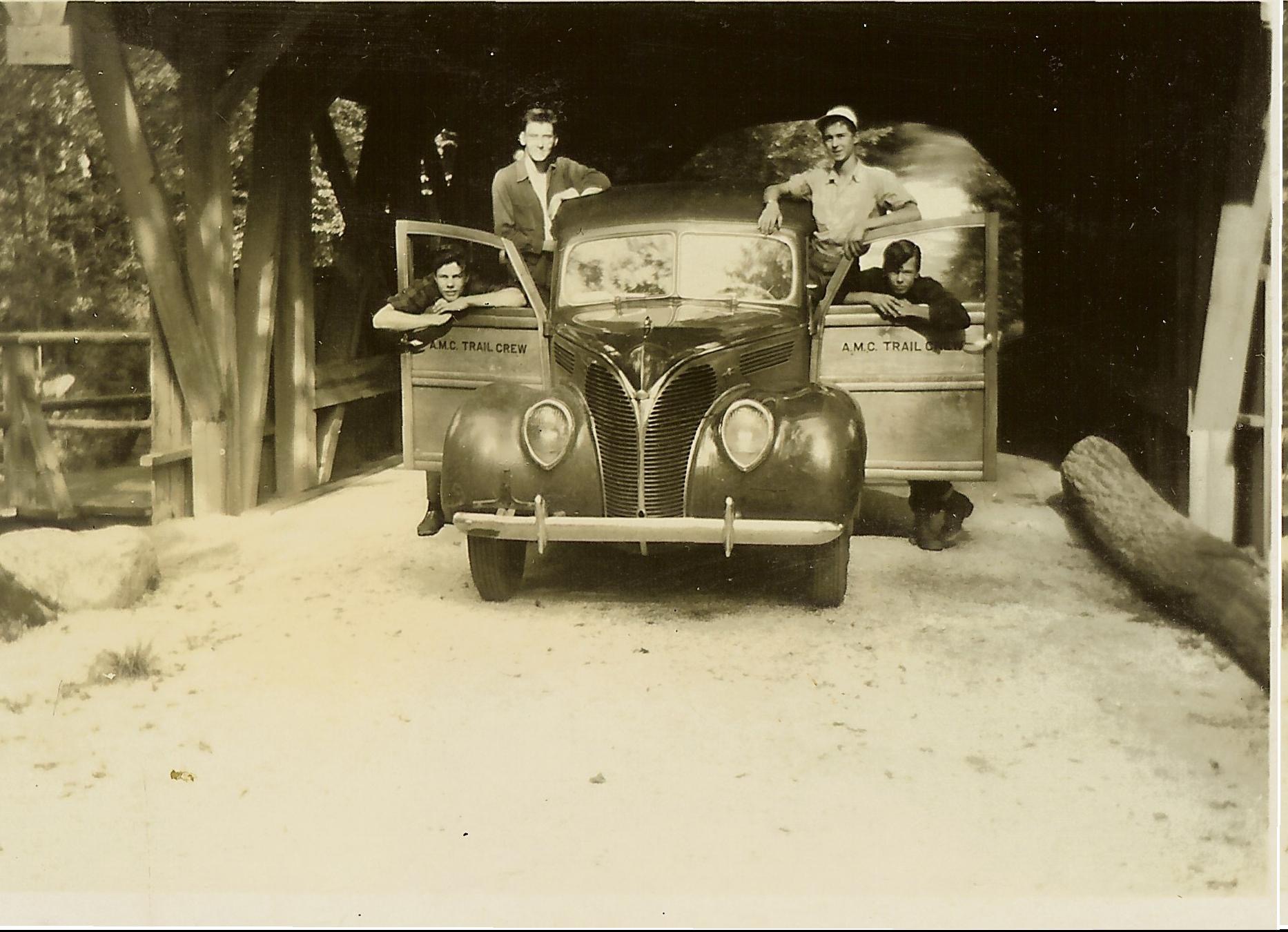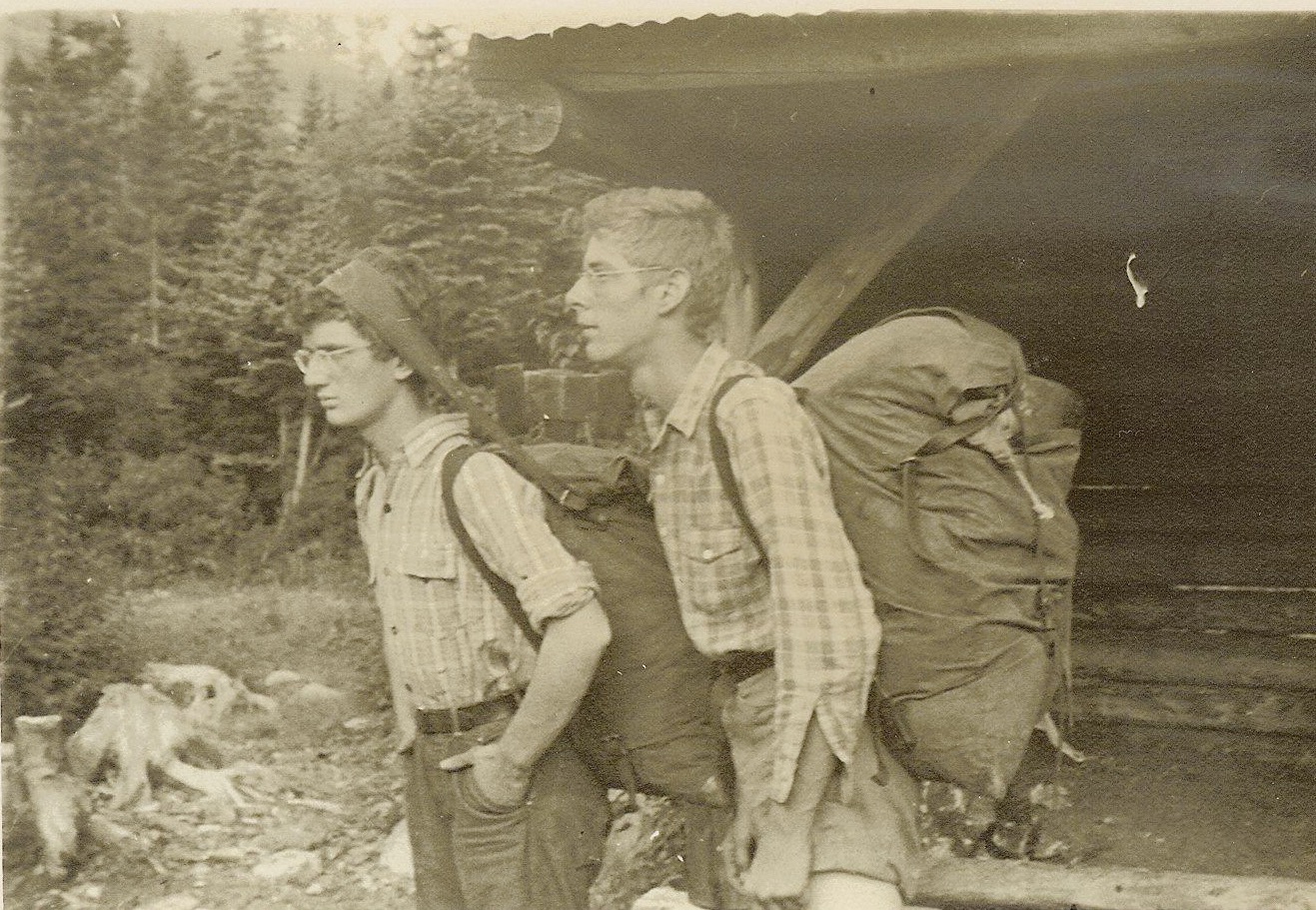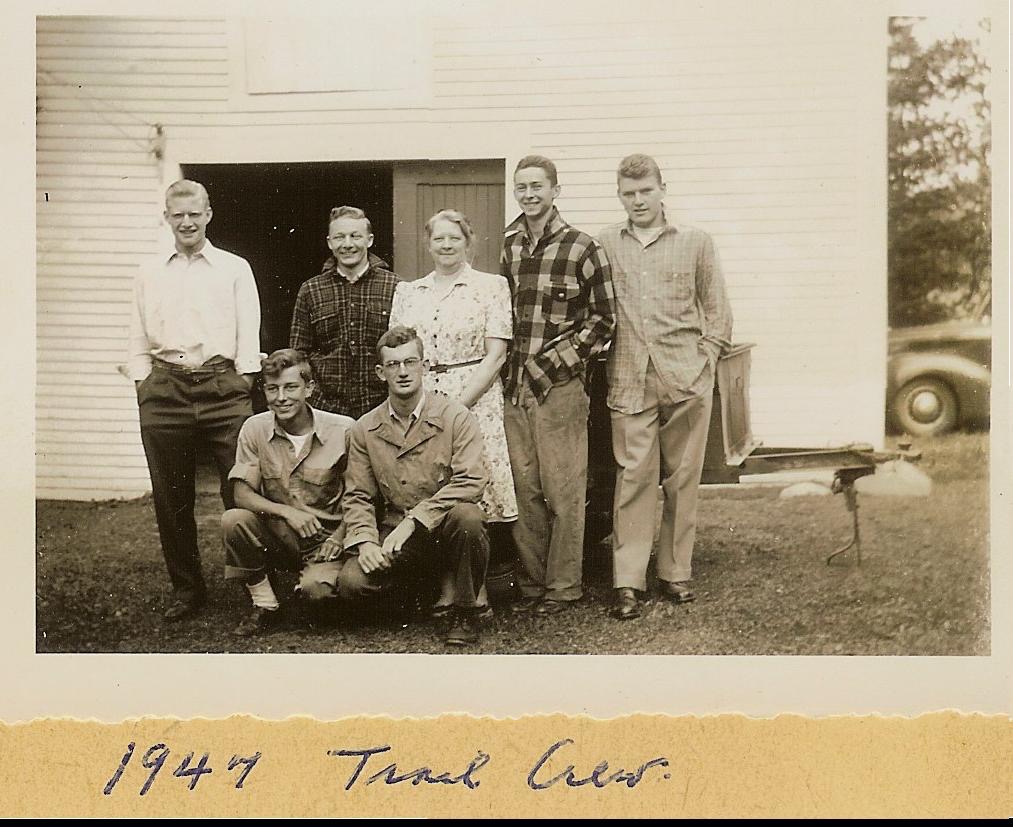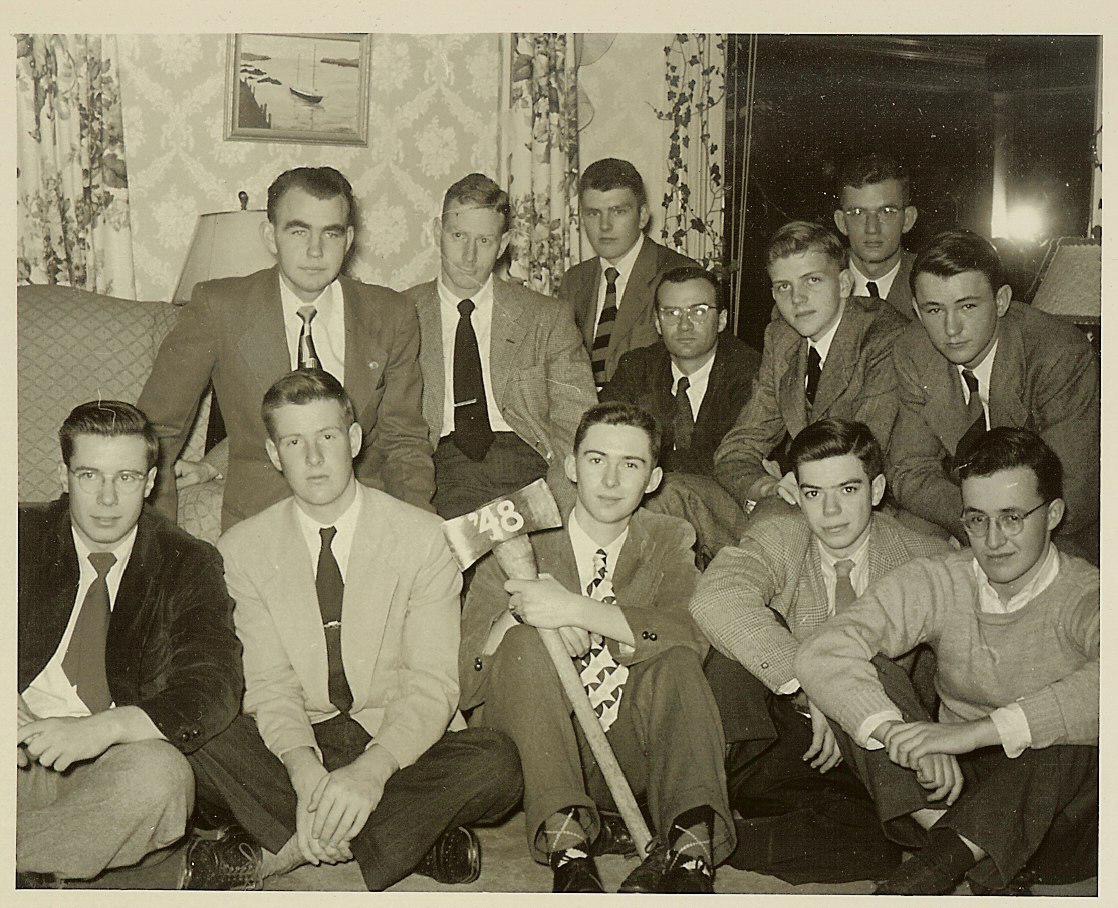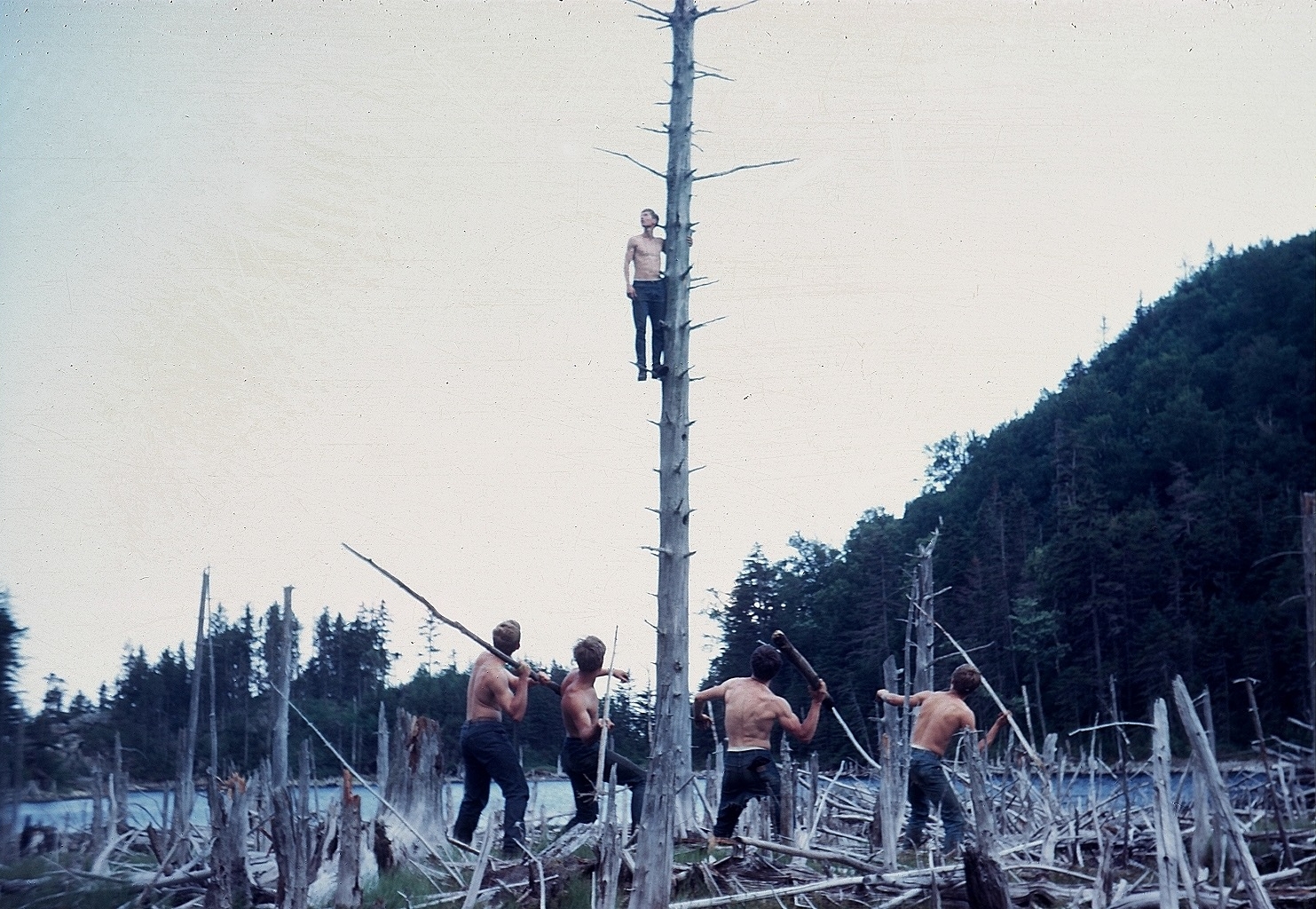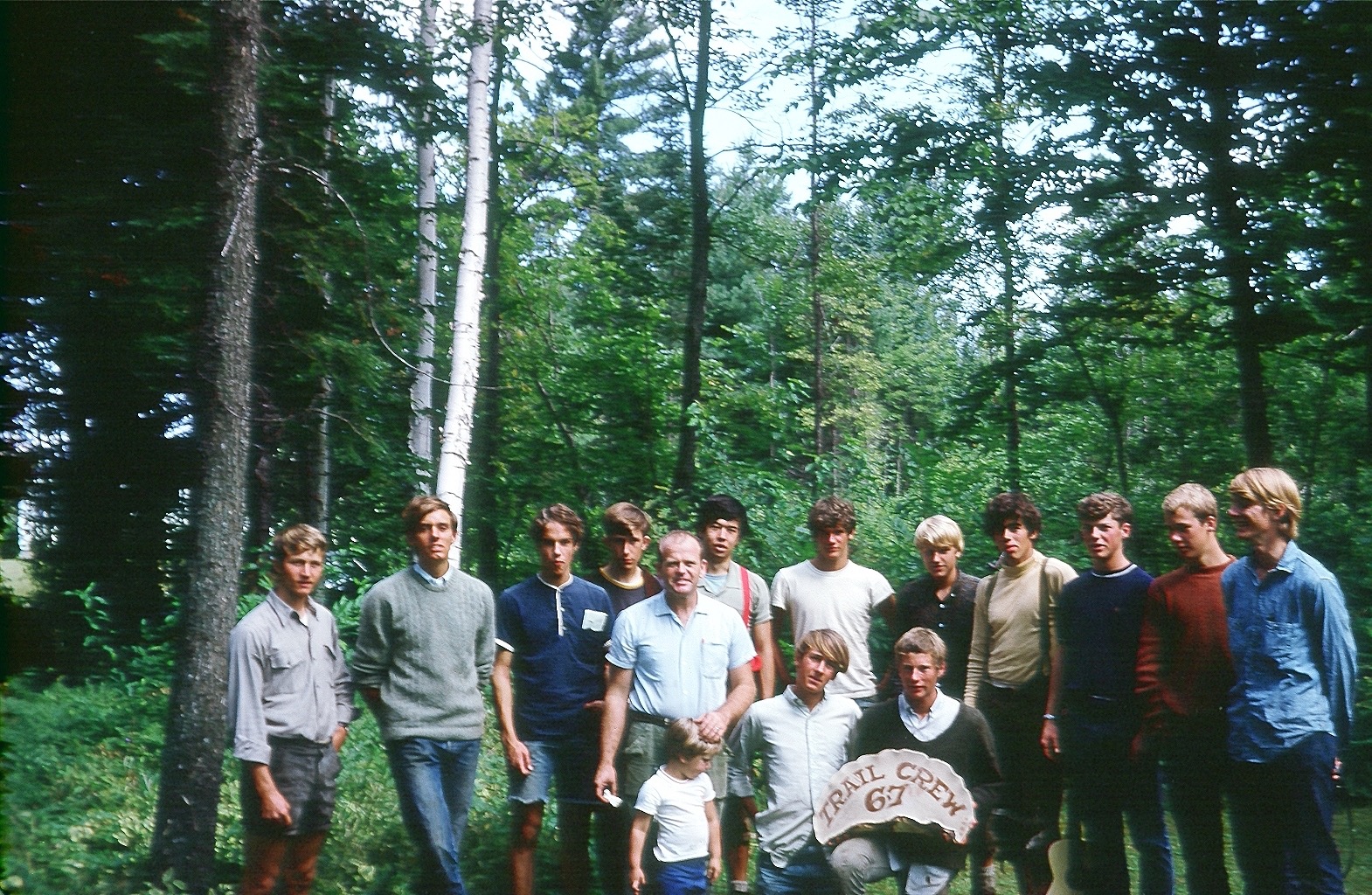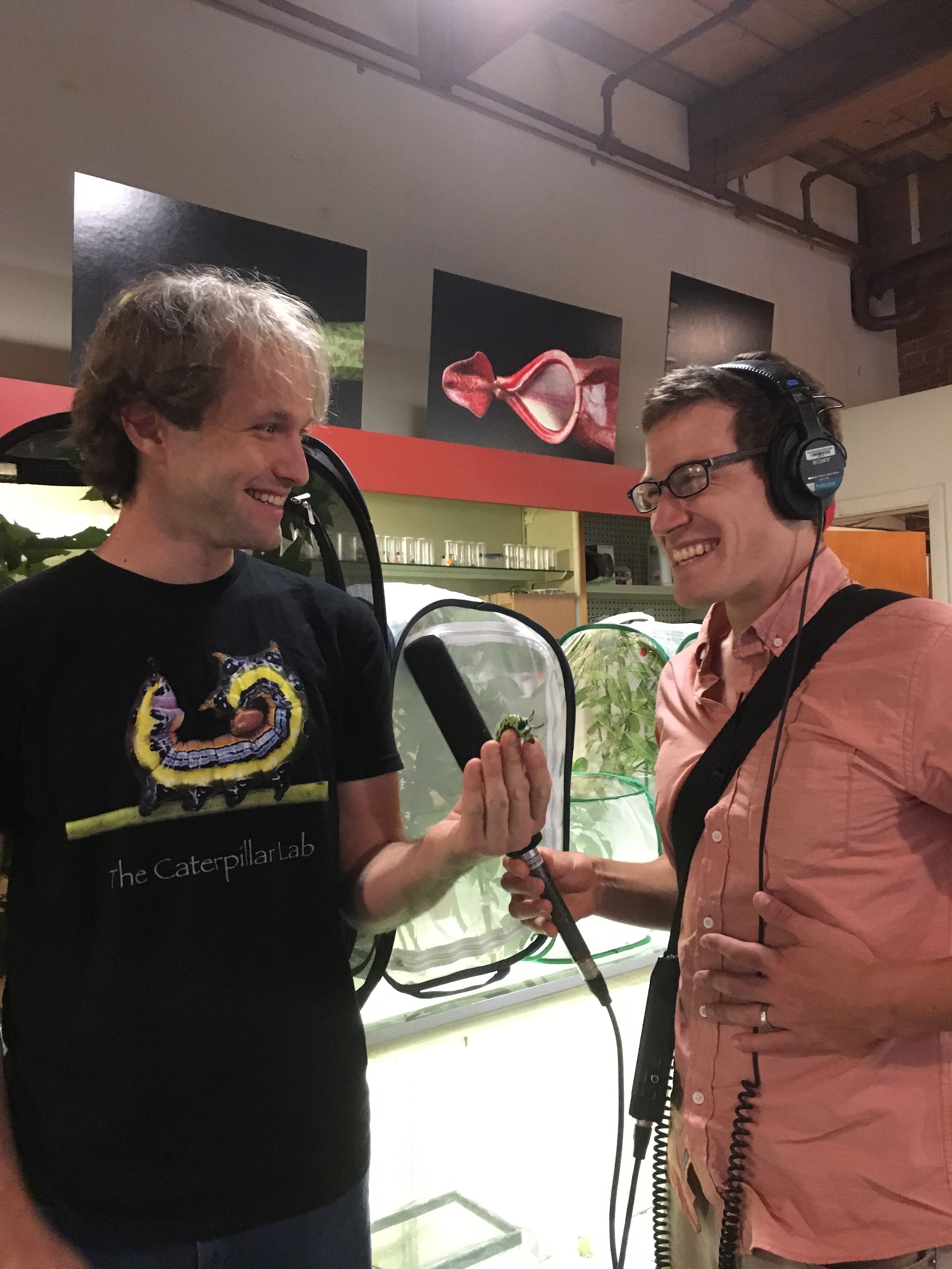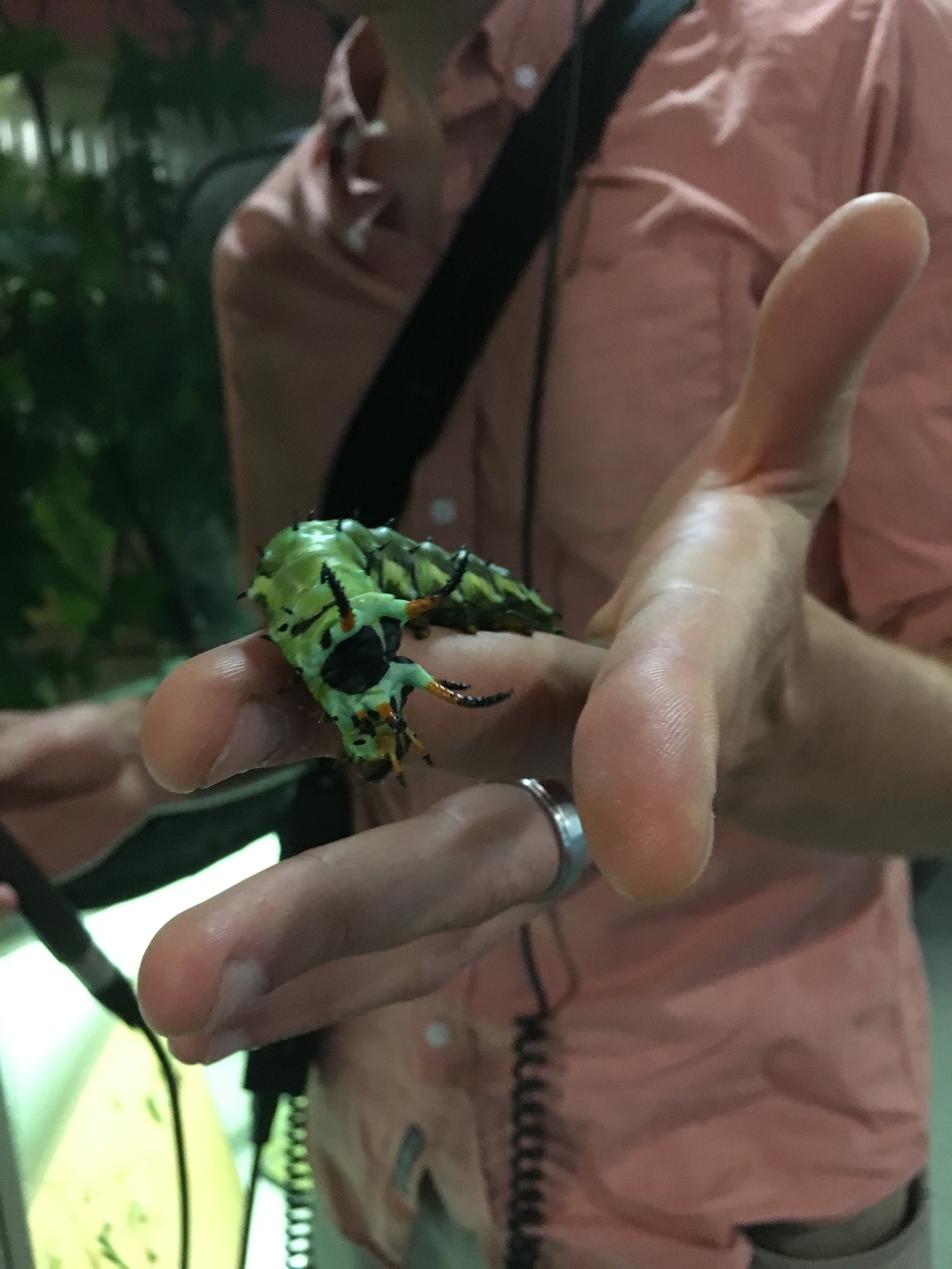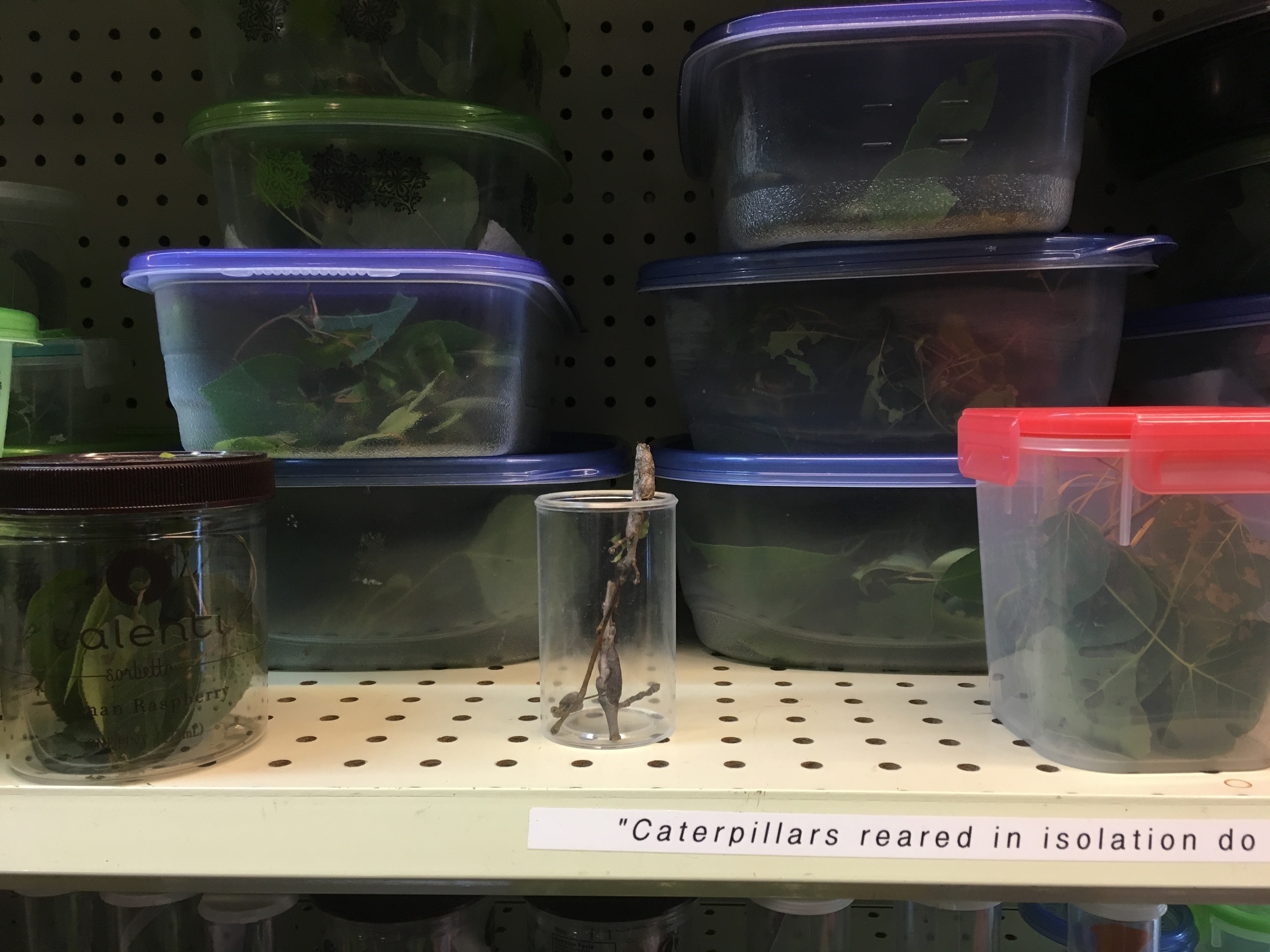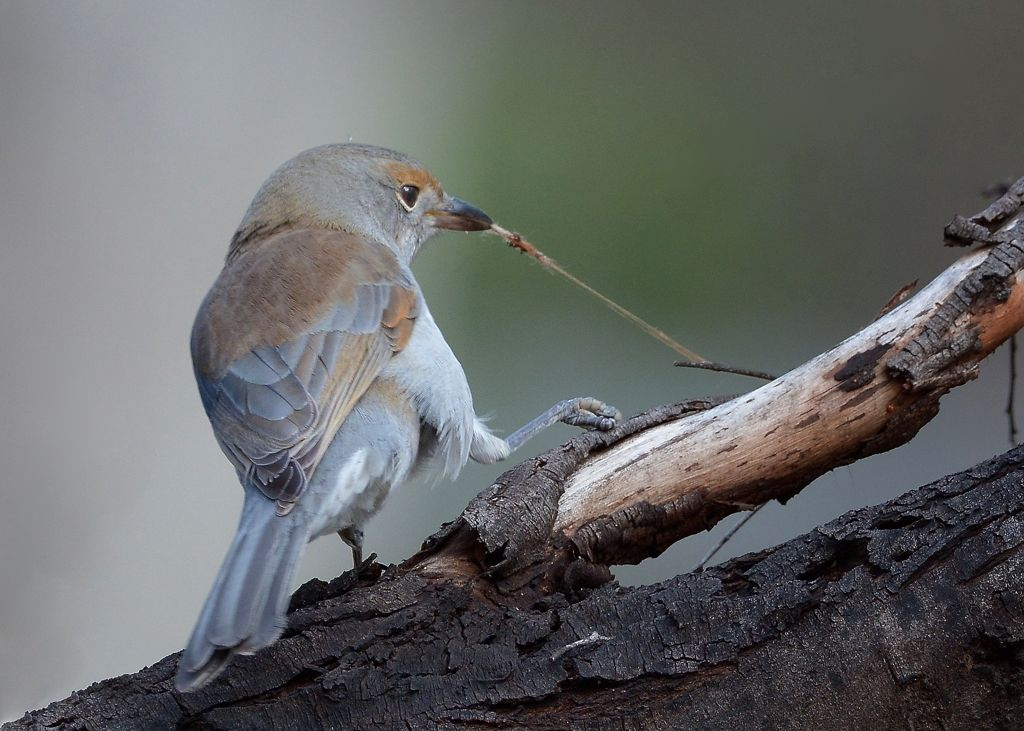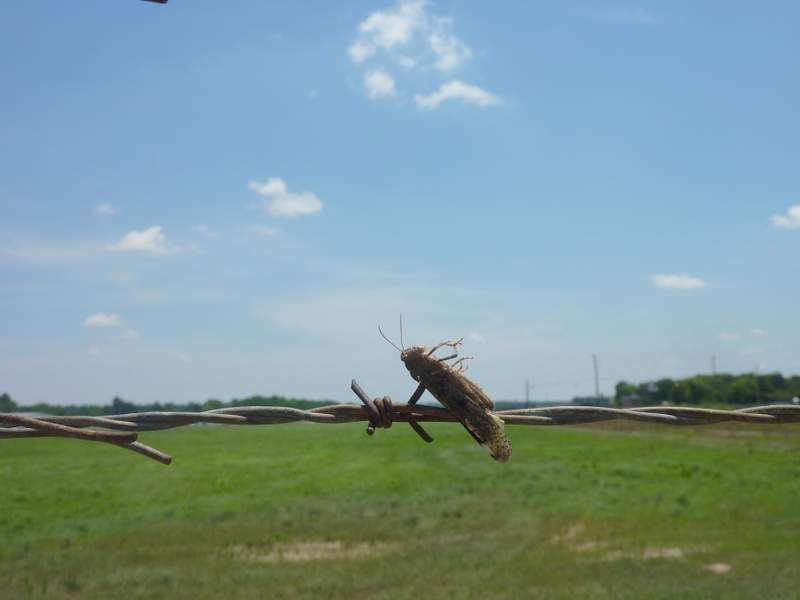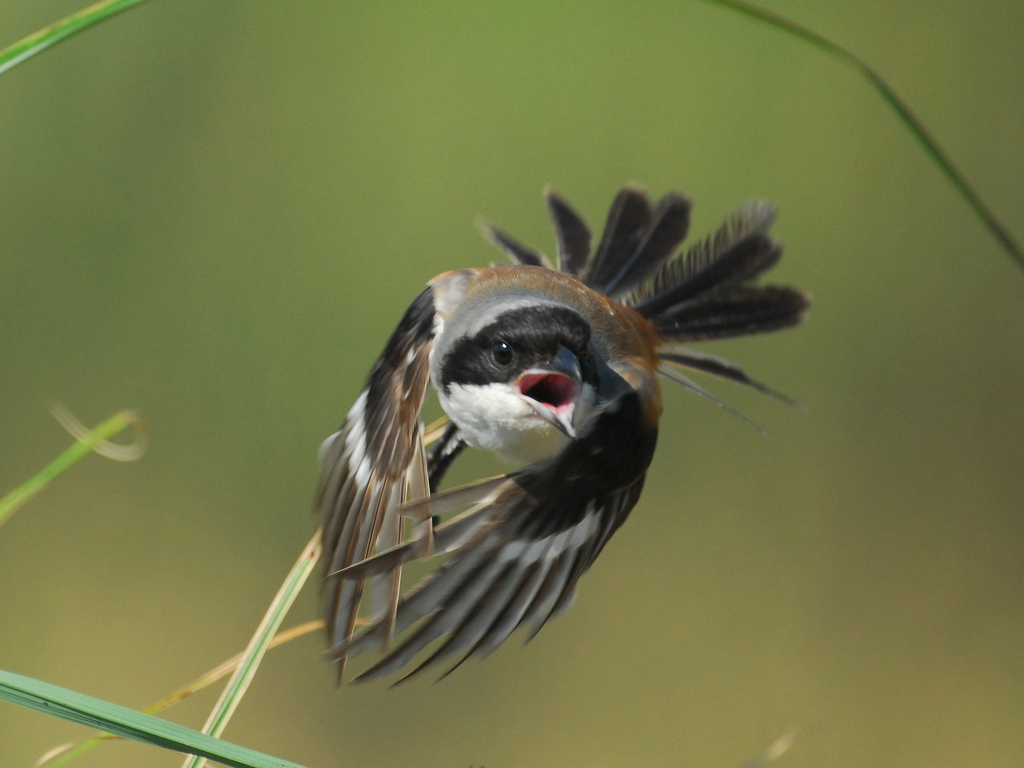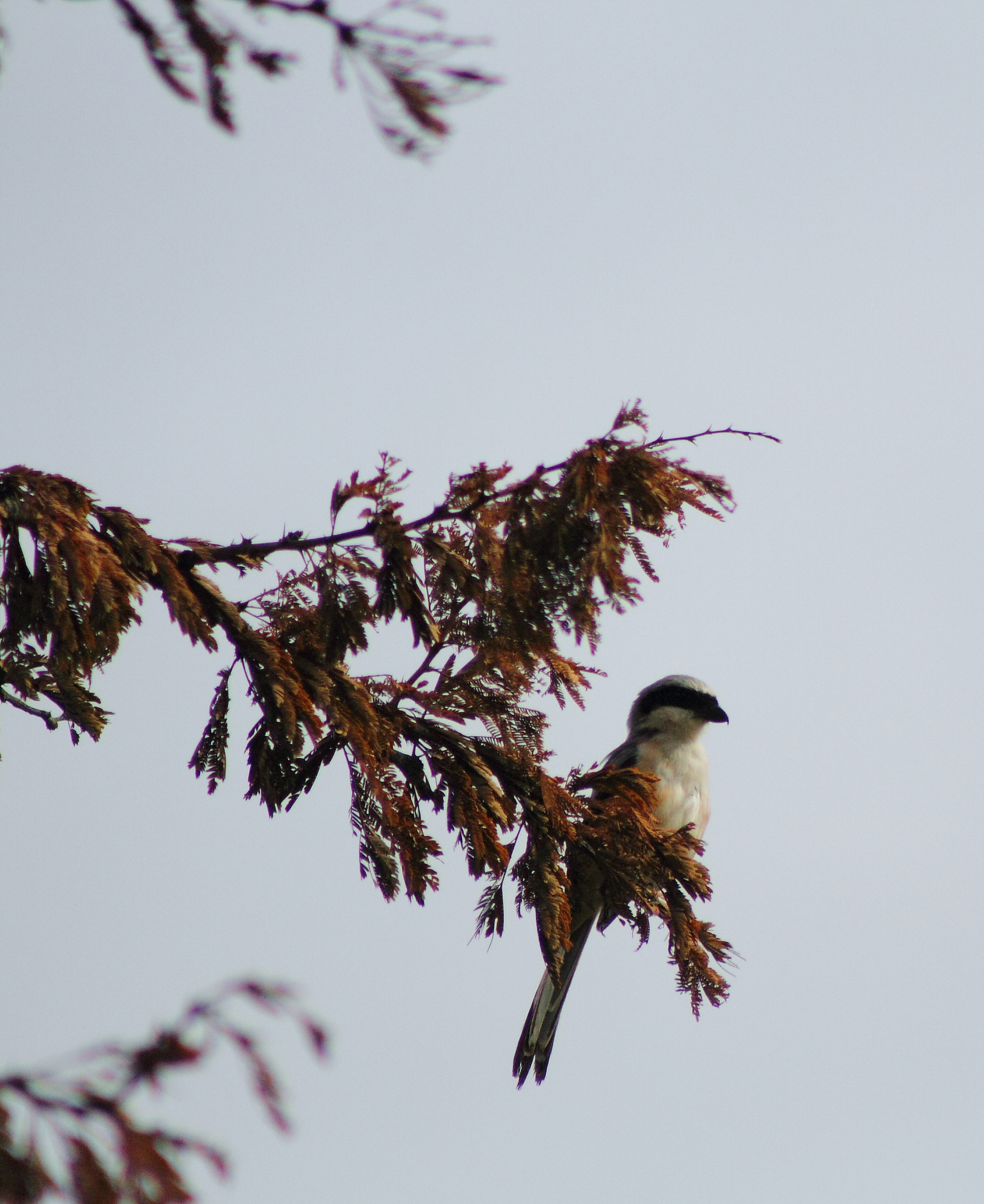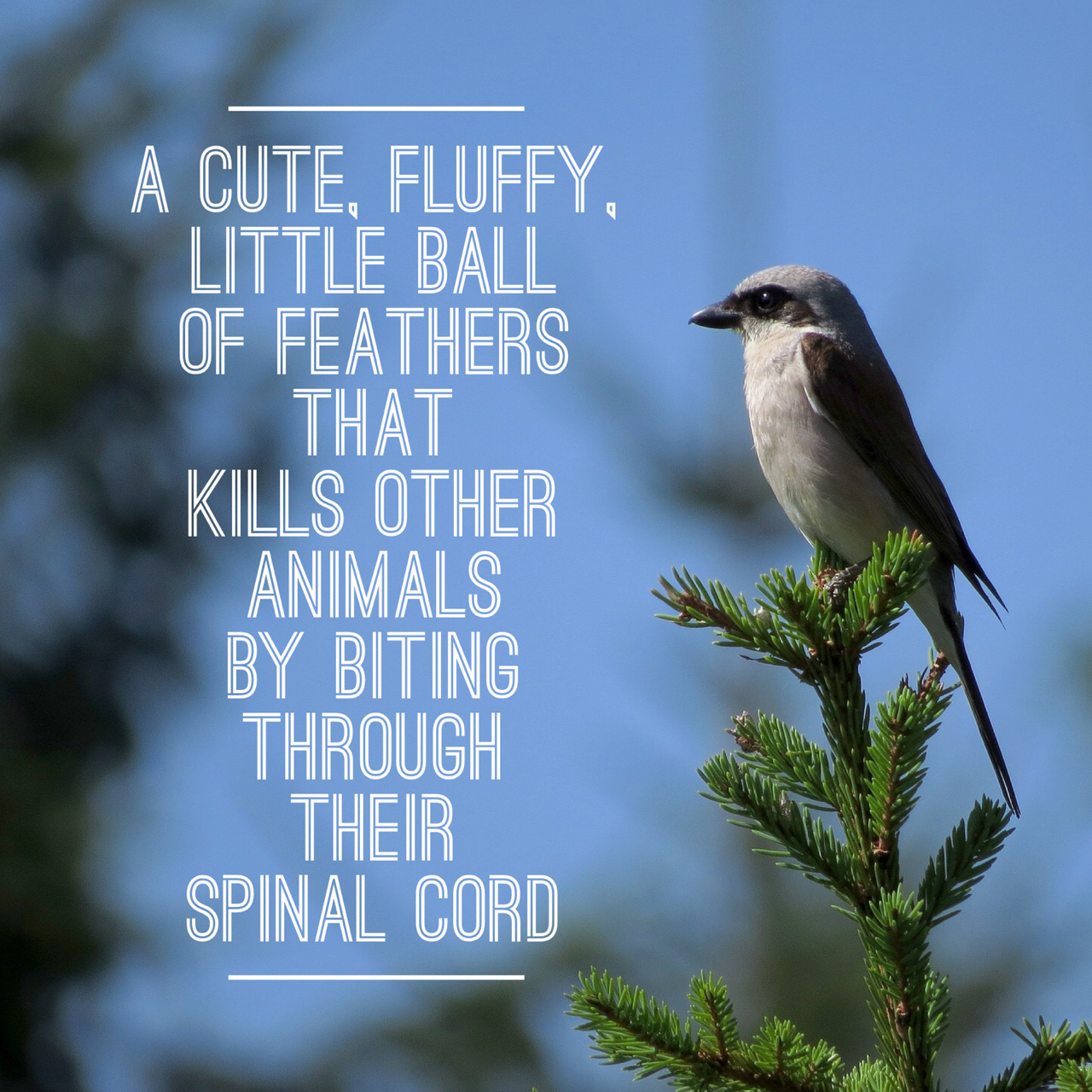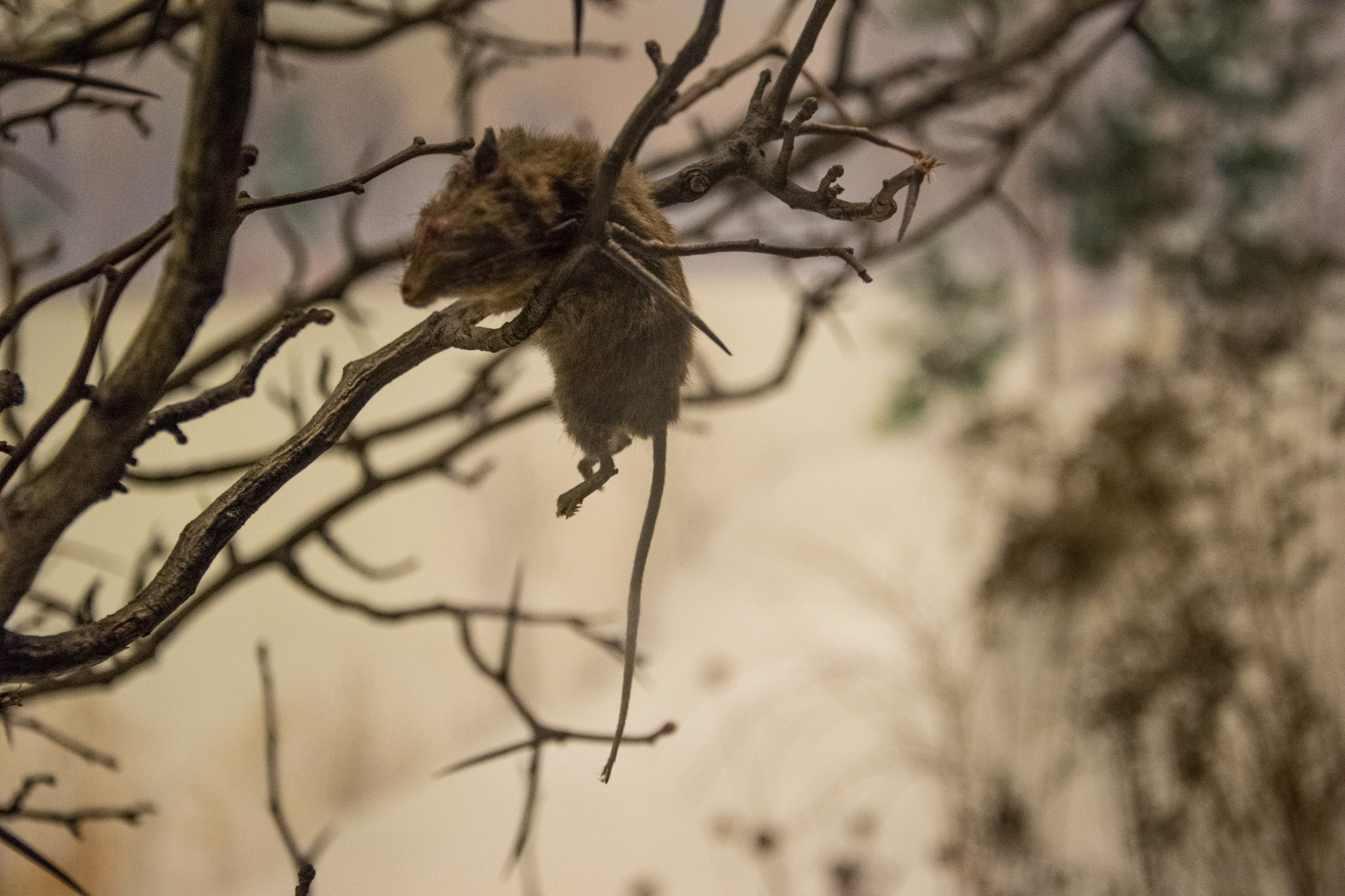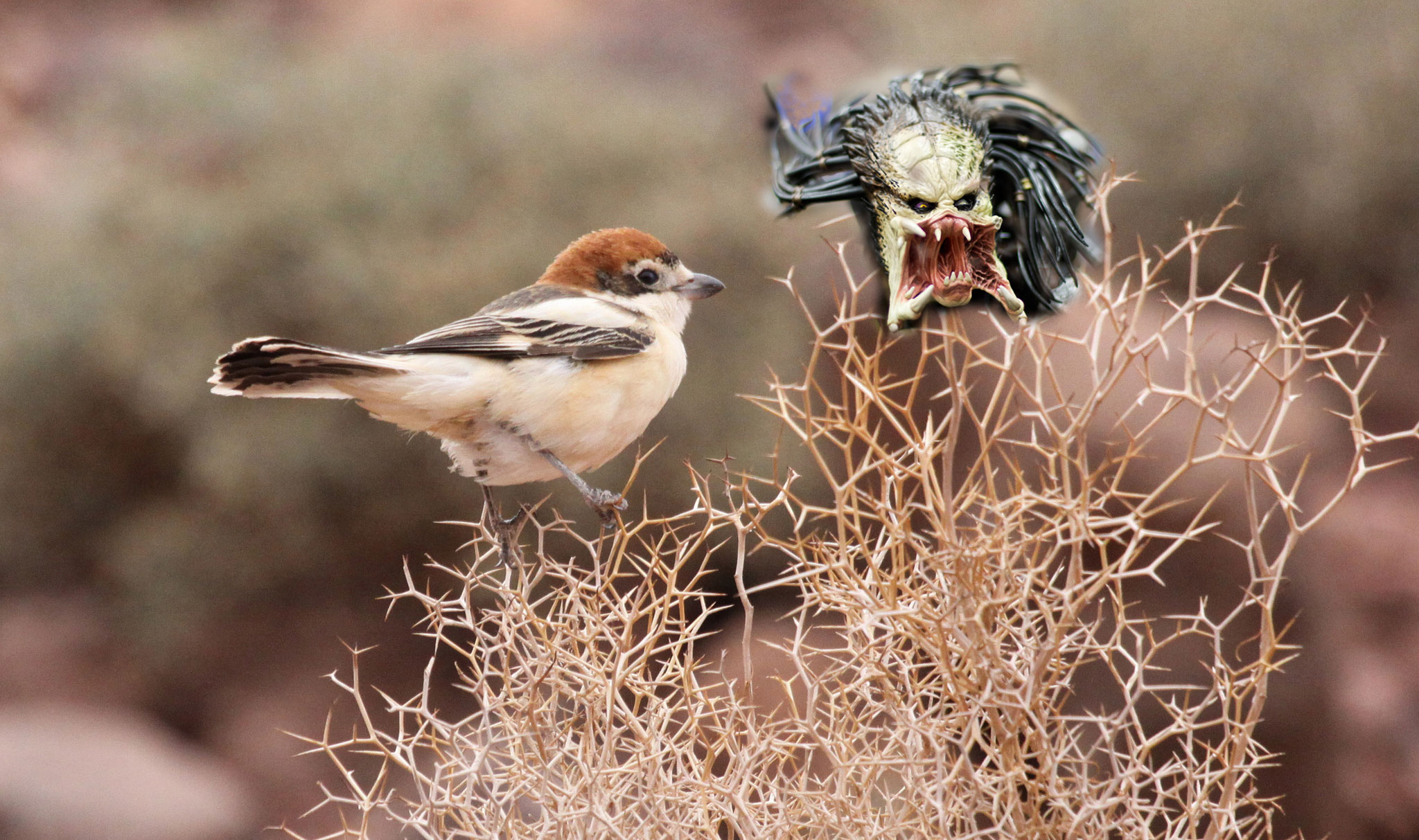The Early Birder Gets the Bird
In 2013, Neil Hayward was depressed. He had just left the biotech company he helped start, and he was getting over the end of a very serious relationship. He had disposable income, and free time. Suddenly, he found himself doing a lot of birding. A LOT. In this episode Sam delves into the subculture of extreme bird-watching. Plus, this week’s Ask Sam is all about assassin crows.
I’m terrible at identifying birds. Not worse than someone who has never paid any attention to birds, but worse than anyone who has ever called themselves a “birder.” If I’m really being honest, I didn’t realize what it really meant to be a birder until last year when my wife and I went to a “bird weekend” on Star Island, off the coast of New Hampshire.
Here’s what I thought we were getting into: a relaxing weekend spent learning the names of some birds from a knowledgeable local naturalist, Erik Masterson. While not learning about birds during idyllic strolls through the island, we would almost certainly be eating delicious food and enjoying hot beverages on the hotel porch while reading.
The agenda was more rigorous than I expected. The first bird walk began at 6 am and continued until breakfast, around 9 am. I wake up every morning ravenous for food, and my wife prefers not to wake up in the mornings at all, so the deck was stacked against us. This “bird weekend” was not going to be our ideal vacation. Breakfast was followed by more birding, which lasted until lunch. We enjoyed a brief post-lunch break from birding, but ended the day with, you guessed it, more birding. An hour or two, just to be sure no new birds had settled onto the island throughout the day and gone unnoticed. It was so early in the season that the hotel itself,and its bright and airy dining hall, was not yet open, so we were left eating with the island’s staff in the dining room of an adjacent stone building stacked full of cardboard boxes filled with food supplies.
I should mention that Star Island is not big. If one were to jog the island’s longest trail, which goes along its perimeter, it would take no more than five minutes to complete. Over the course of two and a half days, we spent upwards of ten hours patrolling this tiny island for birds.
Screenshot from Google Maps
Now, this is not to say that it was not a lovely weekend. It was. But I had not realized the extent to which birding, for some people, is a deep obsession. The second day featured a trip to a neighboring island, Appledore Island, to see a bird banding station, where researchers were capturing song-birds in mist nets, banding them and quickly releasing them. For me, it was the highlight of the trip, but one of our new birding friends declined to join us. I asked Erik why.
“Appledore Island is in Maine, and Star Island is in New Hampshire,” Erik told me. He must have realized how far out of touch I was from birding culture at that moment, because clearly I had absolutely no idea how that was supposed to be an explanation. “He is working on his New Hampshire list,” Erik explained, “Any bird he sees in Maine won’t count.”
For some, birdwatching is as much about the numbers as it is about the birds. It’s like a game, and like any game there are rules and competitions. Rules about which birds count and which don’t, and competitions to see who can pile up the biggest lists.
The Big Year
In 2013, Neil Hayward was depressed. He had just left the biotech company he helped start, and he was getting over the end of a very serious relationship. He had disposable income, and free time. Suddenly, he found himself doing a lot of birding.
“I could put in a lot of hours and wait for birds, and that always paid off,” Hayward says, “I waited for eight hours for a hummingbird in southeast Arizona, and just as the sun was setting the bird came in. And I had been sitting outside through two thunderstorms and rain, and was about to give up… and it was just the end of a great day.”
Hayward, who lives in Boston, is among the birding elite. Back in 2013, he did something birders call a Big Year, trying to see as many species of birds in the US and Canada as he possibly could in twelve months. This meant he had to criss-cross US and Canada in airplanes and rental cars, leaving behind his loved ones for weeks while he huddled on windblown islands in western Alaska, all the while hoping for bad weather to blow birds across the Pacific Ocean.
In the end, the Big Year cost Hayward, “Less than I thought, but more than I’m prepared to say.” (Though he says it was somewhere in the tens of thousands of dollars range.) Meanwhile, he accumulated something on the order of 250,000 frequent flier miles.
Neil Hayward & his wife Gerri Hayward | Photo: Jimmy Gutierrez
Why birds?
Birdwatching is BIG. 60 million people told the latest census they are birdwatchers. And within that 60 million there are, of course, varying degrees of enthusiasm. Some just do it in their backyards, but there are tens of millions of people who travel, who actually go to far away places just to see different birds.
So why do so many people bird, and so few do things like head out to go “herping”?
“In New England there’s something like five or six species of frog, so it doesn’t take very long to see them all,” Hayward theorizes, “Whereas birding, it’s almost like the ideal number, you could spend your whole life birding and see new ones every year.”
He pauses to consider this a little more, “I think a lot of birders, they like bringing order to the universe,” he says. Collecting, categorizing, listing.
“Certain people end up birders,” explains Eric Masterson, “I’ve seen characteristics and character traits prevalent amongst a lot of the birders I know. You throw in a little bit of anxiety, throw in a little bit of obsessive compulsion, throw in a little bit of over-achievement.”
So, let me tell you how the extreme variety of elite birding works.
When a bird shows up somewhere outside its typical range, birders notice. Now this doesn’t have to be a rare bird--it could be a robin - but if it shows up somewhere it’s not supposed to be, suddenly it’s a rarity.They call this a vagrant.
And word starts to spread. Texts are sent, blogs are updated, email listservs put the word out. It doesn’t matter what time of day, it doesn’t matter what day of the week, birders drop everything to chase the bird. (In the UK, those who chase rarities are called “twitchers”, because of the way they react when rare bird alerts come in.)
Birding twitter is freaking out about a European bird found in NH. A Eurasian Redwing. https://t.co/gTBMs1X1O4
— Sam Evans-Brown (@SamEBNHPR) March 15, 2016
Masterson remembers two instances of this happening that were kind of extreme. Once in Ireland, when a rather common American bird appeared. “There were jets from as far away as Geneva to see this thing. Privately chartered jets, get a few people together to privately charter a flight.”
And this is not just a European phenomenon. Earlier this year, someone spotted a European redwing on an athletic field at a New Hampshire high school and more than 500 birders from all over the country flocked to the spot.
“Now picture Hollis high school,” says Masterson, “We’re in an era when if you have 500 middle-aged men with optics descending on a high school it kind of rings alarm bells.”
Confused police officers, disgruntled neighbors: this is what extreme birding looks like.
The birding umpires
Shockingly, when December rolled around, despite having only started his Big Year in earnest back in April, Hayward had seen 740 species of birds, just eight shy of the record.
“And it was exciting,” he says, “and I thought, well there’s a good chance that I won’t break the record and then does that mean that this is all a failure, that I didn’t do what I was supposed to do?”
In the last month Hayward traveled frantically: from Texas to way out in the Aleutian islands, then to California and Florida, then way up North to Homer Alaska trying to spot those last 8 birds. Finally, he ended the Big Year on a boat off the coast of North Carolina where he saw a Great Skua. His final count was 747 birds…one shy of the record. But he had three provisional birds-- ones never before seen in the US or Canada - which, if they were approved by the birding powers that be, would put him over the top.
If there was any doubt that birding is, in its way, a sport, the existence of the American Birding Association should lay those doubts to rest. Early on the ABA was expressly about “serious birding” (as opposed to science or conservation, which it didn’t want to get wrapped up in at first) and it maintained the official list of birds that had been seen in the US and Canada.
The ABA decided which birds count and which birds don’t. If you see a bird that’s not on the list, you’d better have a camera with you and you’d better get a good photo. Hayward saw a Eurasian Sparrowhawk and spent all day trying to get a good picture by holding his iphone camera up to his telescope lense, but ultimately his sighting was rejected .
In the end, the Big Year cost Hayward, “Less than I thought, but more than I’m prepared to say.” (Though he says it was somewhere in the tens of thousands of dollars range.) Meanwhile, he accumulated something on the order of 250,000 frequent flier miles.
Neil Hayward & his wife Gerri Hayward | Photo: Jimmy Gutierrez
He also saw a California Condor, a bird which had nearly been wiped out, and then released back into the wild. Their population was rebounding, but according to the ABA rules: “They hadn’t been in the wild long enough,” says Hayward. “Ironically the year afterwards, then they were added to the list, so if I’d done my big year in 2014, I would have been able to count that.”
Print and color your own bird from Neil's Big Year!
So, birding: it’s got rules, it’s got competitions, and it’s got super-stars. Eventually Neil Hayward’s Big Year was declared the biggest ever (and he wrote a lovely book about the experience). A common redstart and a rufous-necked wood-rail that he saw were both accepted by the ABA, and he broke the big year record by one bird in June of 2015. His record didn’t stand for long though. This year there are two birders who have already passed his mark, and a third might still get there.
So will he try to recapture the title?
“When I started doing my Big Year, before that I told people I would never do a big year. It sounded crazy and insane and a lot of work and a lot of travel...and I ended up doing it,” Hayward says, “So even though now I say that I’ll never go back and do it again, who knows.
*An earlier version of this post stated the ABA rejected Hayward's Eurasian sparrowhawk sighting. This was incorrect. It was actually the Alaskan Records Committee*
Outside/In was produced this week by:
Sam Evans-Brown, and Jimmy Gutierrez with help from Logan Shannon, Molly Donahue, Taylor Quimby, and Maureen McMurray.
If you’ve got a question for our Ask Sam hotline, give us a call! We’re always looking for rabbit holes to dive down into.
Leave us a voicemail at: 1-603-223-2448
Don’t forget to leave a number so we can call you back.
This week’s episode featured tracks from Aaron Ximm, Broke For Free and the Blue Dot Sessions, and it came from Free Music Archive.
Our theme music is by Breakmaster Cylinder.
Outside/In is a production of New Hampshire Public Radio.













